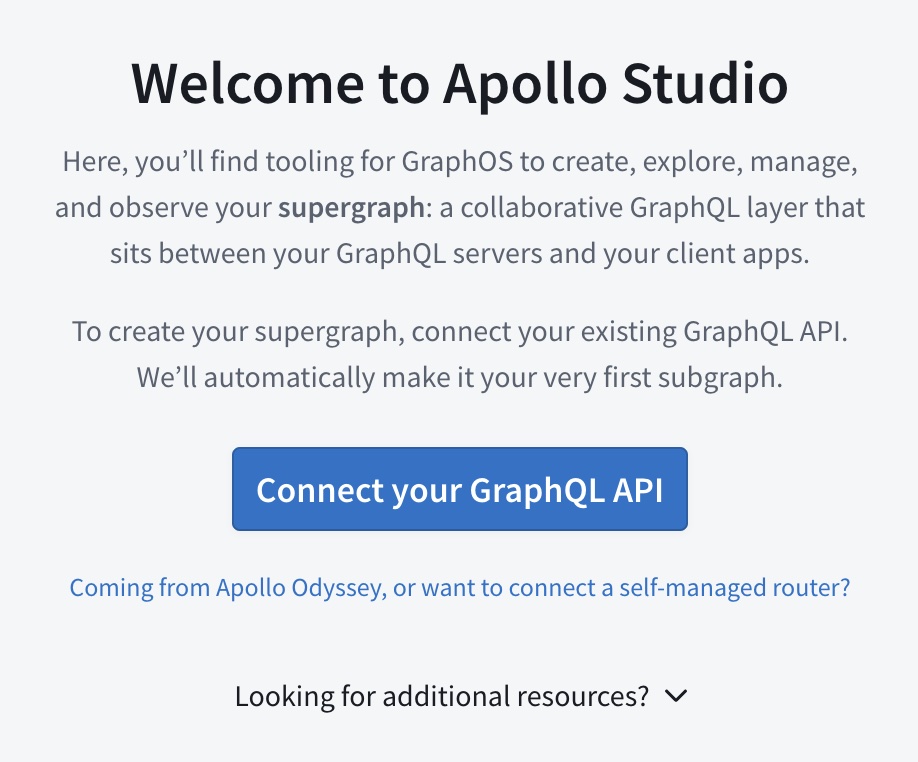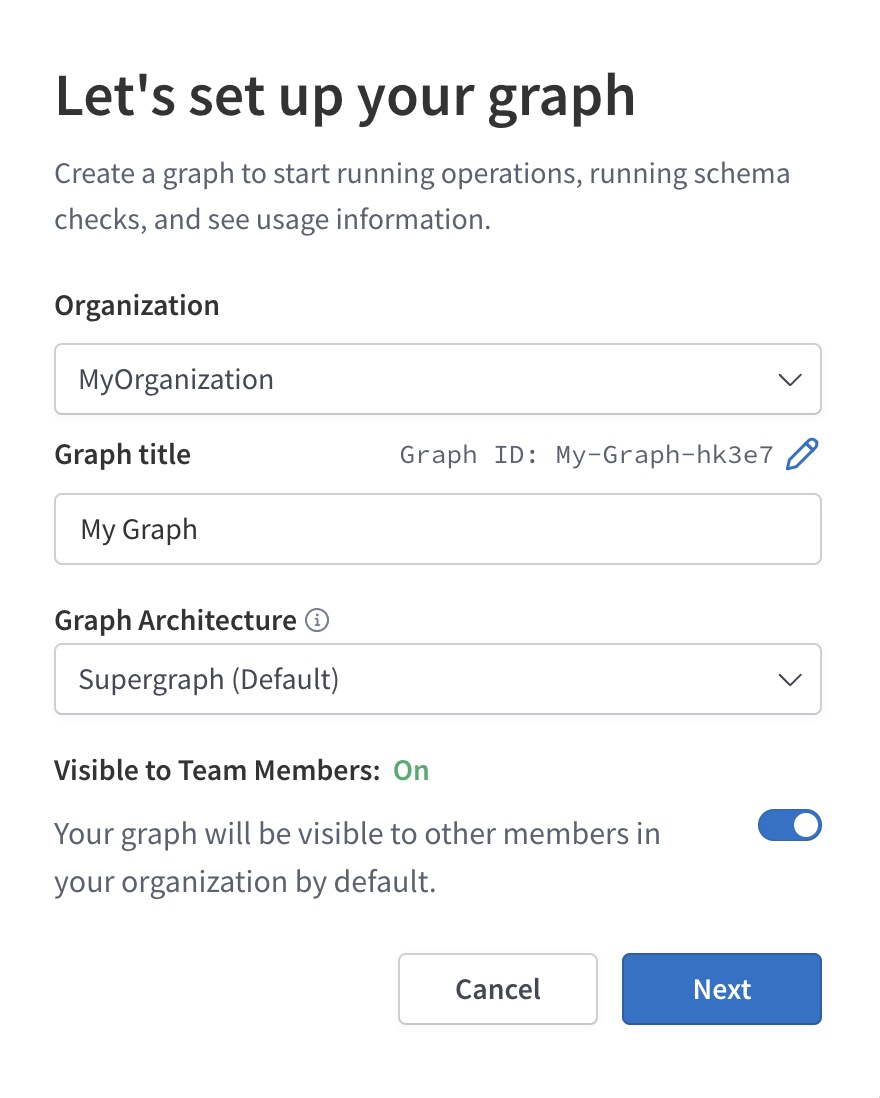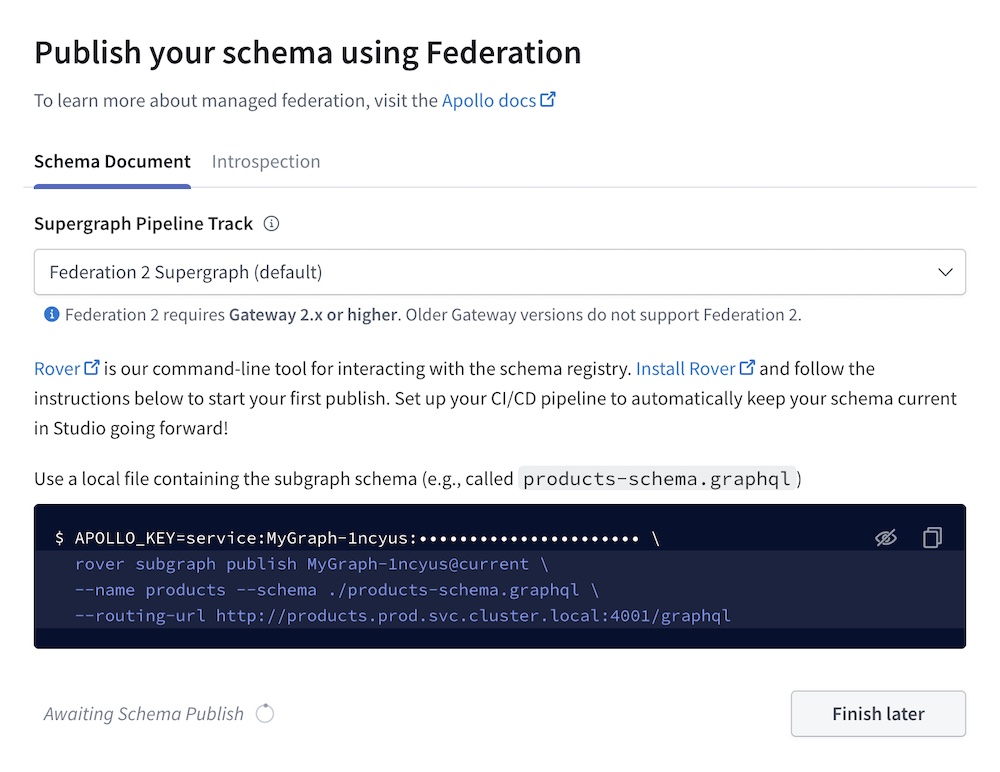Self-hosted routing in GraphOS
Host your supergraph's router in your own infrastructure
⚠️ Important: If you're just getting started with GraphOS, instead create a cloud supergraph.
Self-hosted supergraphs are an enterprise-only feature for organizations with advanced performance or compliance requirements.
If your organization might benefit from the expanded features of an Enterprise plan, please get in touch with us!
Some organizations with advanced requirements need to host every part of their supergraph in their own infrastructure, including the supergraph's router:
A supergraph with this structure is called a self-hosted supergraph. Here are some reasons why an enterprise organization might need to use self-hosted routing instead of cloud routing (where Apollo hosts your router for you):
- Compliance. All of your supergraph's components must be hosted in a particular region to adhere to compliance requirements.
- Performance. You need to minimize latency between your router and subgraphs by enabling them to communicate without traversing the public internet (e.g., by hosting all components in a VPC).
- Customization. You need to configure your router's behavior beyond what's currently possible with cloud routing.
With the exception of Apollo-managed routing, self-hosted supergraphs benefit from all of the same GraphOS features as cloud supergraphs (metrics reporting, schema checks, the Explorer, and so on).
Creating a self-hosted supergraph
Organizations with any Apollo plan type can create self-hosted supergraphs to test out this functionality before moving to an Enterprise plan.
See the instructions for your organization's plan type:
If you just created your organization as part of creating your account, it's on a Serverless plan type.
For more information, see Setting up a self-hosted supergraph.



